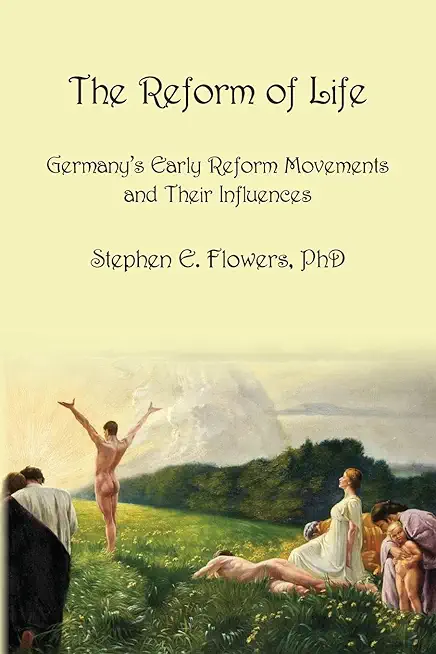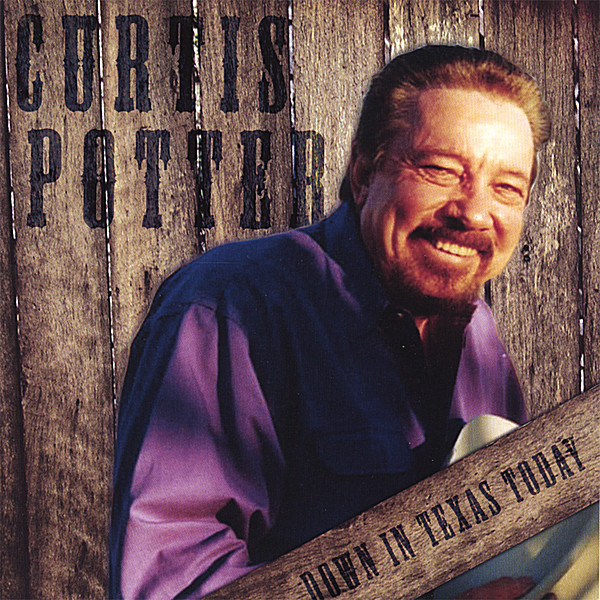
description
Central Europe between about 1880 and 1933 there flourished a group of alternative cultural, social and artistic movements that loosely self-identified as the Lebensreformbewegungen- the Reform of Life Movements. In this book, the author outlines the broad spectrum of these movements and puts them into the general cultural and historical context of the time and place. Personalities such as Karl Wilhelm Diefenbach, Fidus, Gusto Gräser, Rudolf Steiner, Hermann Hesse, Ernst Schertel, Magnus Hirschfeld and Friedrich Nietzsche are given special attention. Movements such as Theosophy, Anthroposophy, Ariosophy, Mazdaznan, Nudism (Freikörperkultur), dance-culture, educational reform, the Wandervogel all enjoy special treatments. Many cultural features the Anglo-American culture usually associates with the 1960s and beyond got their start in these German-speaking regions much earlier, e.g. health-food movements, vegetarianism, animal rights activism, environmentalism as well as sexology and sexual reform. Magnus Hirschfeld, the so-called Einstein of Sex, fought for gay-rights and pioneered gender studies and the concept of sexual intermediacy. Also, special attention is given to the origin of the American Hippie movement in connection with these concepts as well as the often-surprising legacy of them among the National Socialists. This book is a comprehensive introduction to a fascinating, yet overlooked, world.
member goods
No member items were found under this heading.
Return Policy
All sales are final
Shipping
No special shipping considerations available.
Shipping fees determined at checkout.







